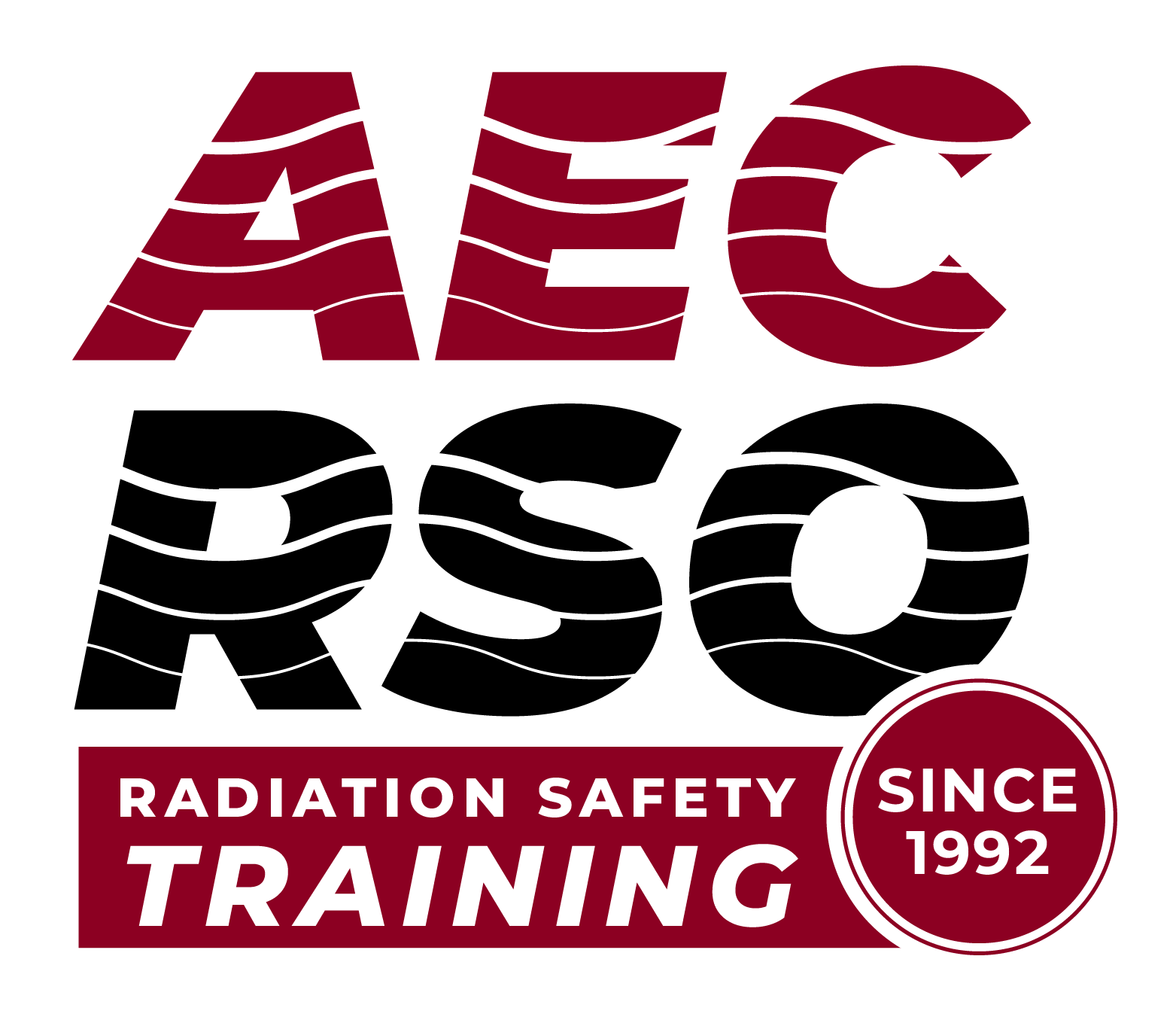TOPIC 9: Storage/Disposition of Radioactive Wastes
Let’s explore storage/disposition of Radioactive wastes.
—
Let’s look at how to handle short and long half-life radioactive wastes.
—
Depending on the type and amount of radioactive wastes, certain amounts of preparation may need to be performed.
Volume Reduction is a method to reduce the amount of radwaste generated.
The most effective method is performing a detailed survey to ensure that if the item is contaminated it is placed in the appropriate container.
Some liquid radioactive wastes can be poured into sewerage system (but regulatory approval required)
If additional space is needed for storage, obtain regulatory approval before the problem exists.
Absorb liquids before placing into DIS. Cat litter is actually a good absorbent medium.
—
Radioactive waste will be considered as SHORT half-life waste or LONG half-life waste.
—
Radioactive waste that has a short half-life can be managed in-house. The rule-of-thumb is how much space your facility has to hold the wastes generated for a minimum of 10 half-lives. For example, if one handles Iodine-131 with a half-life of 8 days, it will need to be held for 80 days. So, we simply round it off to 90 days (3 months) for safety sake. This is called a DECAY-IN-STORAGE waste and must be approved by the regulatory agency.
The rules are to:
- Package waste as it is generated
- Mark and label as RADIOACTIVE with a DATE of retrieval
- Place in controlled area that is not immediately accessible to normal traffic in your facility
- When the retrieval date arrives, the package can be removed, surveyed to ensure radiation is at background, then deface all radioactive labels.
- Dispose a normal trash.
—
If the radioactive waste is considered as a LONG half-life waste, it must be packaged and shipped as a radioactive waste.
The frequency of shipments will depend on the facility’s capability for secure storage and safely of personnel. The facility must have a radioactive materials license to package radioactive waste and possess it until disposal.
Must use a licensed radioactive waste broker or disposer for the shipment and disposal. Records are to be kept of this transfer, subject to inspection, and notification to the regulatory agency may be required.
